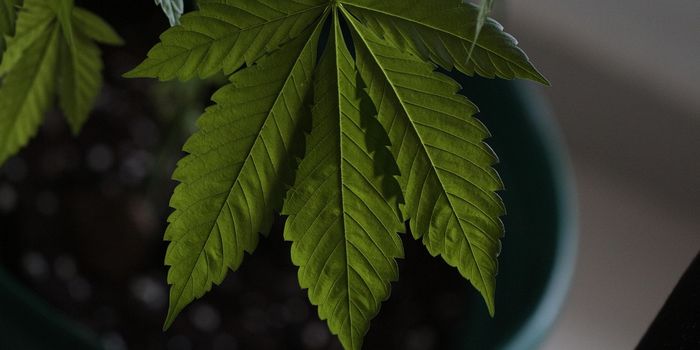Fungal Toxins are a Growing Threat to Wheat, Researchers Warn
More land is used to grow wheat than any other crop, and wheat is a common cereal that's eaten around the world. Wheat is estimated to provide about 18 percent of the food calories that people around the world need every day. Now researchers are warning that fungi pose a growing threat to wheat, a critical part of our food supply. Nearly half of the wheat crops in Europe are already affected by fungal infections that can generate toxic compounds called mycotoxins, according to new research in Nature Food.
Fungi can cause a disease called Fusarium Head Blight, which affects cereals. If people or animals eat cereals that are contaminated by mycotoxins, it may cause gastrointestinal issues like vomiting. Mycotoxins also have an economic impact, and lower the value of the crops they contaminate.
Both contaminated crops and Fusarium toxins are a serious concern, and pose a significant threat to our health, in part because we don't fully understand how they affect our well-being, said study leader and fungal biologist Dr. Neil Brown of the University of Bath.
"But on top of these health concerns, we must remember that wheat is a hugely important global crop, so it's essential for us to maintain high yields along with safe food production, not least because climate change, and now the war in Ukraine (the world's fourth largest wheat exporter), are already impacting on wheat yields and grain prices." It will be important to protect food security and maintain a stable wheat price, Brown added.
The researchers studied data on Fusarium mycotoxins in wheat that has been collected in Europe for the past decade. This showed that mycotoxins are present in wheat in every European country. More than half of the wheat in Europe that is grown for human consumption carries Fusarium mycotoxin, also known as "DON" or vomitoxin. Levels are higher in the U.K., where 70 percent of wheat is contaminated.
There are legal limits on DON levels in wheat that meant to be eaten by humans, and it's estimated that 95 percent of the wheat that people consume does meet safety standards for DON levels. But the ubiquitous nature of the toxins revealed by this study has suggested that very low levels of mycotoxins might be found in people's diets, and possibly for a very long time.
"There are real concerns that chronic dietary exposure to these mycotoxins impacts human health," said Brown.
While there are mycotoxin limits for humans, animals seem to be eating high levels of DON mycotoxin. "It's far higher than in human food. This is a concern for animal health, but it also paints a picture of what mycotoxin levels in food wheat could look like without current regulations," noted first study author Louise Johns, a graduate student in the Brown group.
There is also a lot we still don't know about Fusarium toxins. We don't know why the levels of these toxins are increasing, although it may have to do with agricultural practices and climate change. We also still have more to learn about how the toxins interact with other chemicals, and how they affect human health.
The researchers noted that surveillance for mycotoxins should increase. Not all wheat is tested regularly, and this study also showed that 25 percent of the DON-contaminated wheat was also carrying other types of mycotoxins.
Sources: University of Bath, Nature Food









